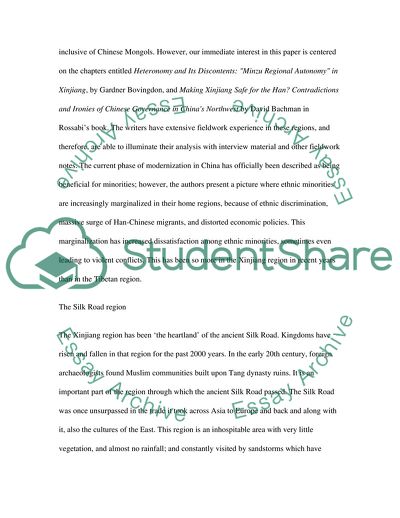Silk Roads Essay Example | Topics and Well Written Essays - 1000 words. https://studentshare.org/politics/1707058-silk-roads
Silk Roads Essay Example | Topics and Well Written Essays - 1000 Words. https://studentshare.org/politics/1707058-silk-roads.


